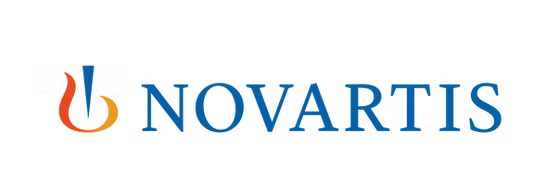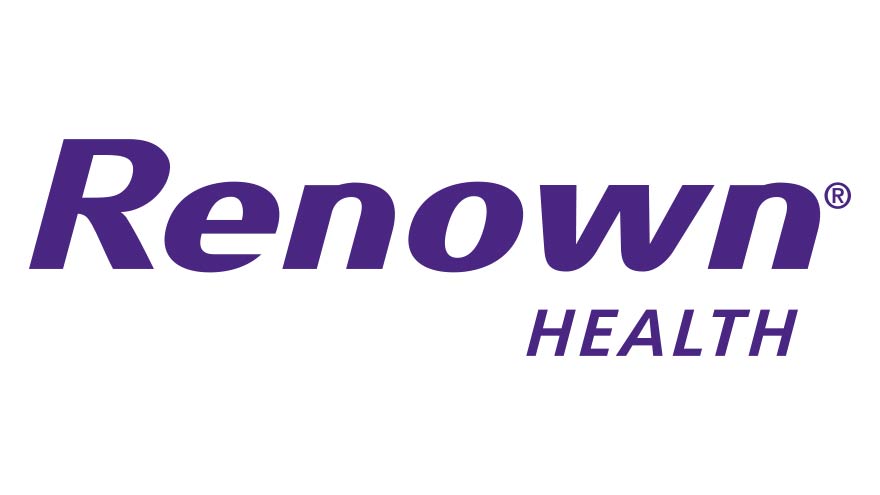
05 Mar 2025
The workplace has changed a lot in recent years. The COVID-19 pandemic and new technologies have made remote work more common.
Low unemployment rates gave workers the power to leave jobs they didn’t like. There’s also more focus on mental health, leading to less overworking, a trend called “quiet quitting.” Because of these changes, the workplace in 2025 looks very different from 2019.
But more changes are coming. Leaders need to prepare their teams and workplaces for what’s next. Some changes will build on current trends, like hybrid work and better collaboration tools.
Others will involve new technologies, like the metaverse. Workers’ expectations are also shifting, with demands for shorter workweeks and more diversity. Let’s explore these changes in detail.
Remote and Hybrid Work
During the pandemic, remote work became necessary. But even as things returned to normal, both employers and employees saw its benefits. Remote work helps companies save money, boost productivity, and hire talent from anywhere.
It also gives workers more freedom, comfort, and flexibility while still delivering great results.
Hybrid work is a mix of remote and office work. It offers the “best of both worlds.” Employees can focus on individual tasks at home and collaborate with their team in the office.
Both remote and hybrid work are here to stay, supported by online tools that keep teams connected, no matter where they are.
Remote Training
Training is key for companies and employees. It ensures work is done well and helps employees grow, which leads to job satisfaction and retention. Remote training can cover many areas, like daily tasks, company culture, cybersecurity, and soft skills like communication.
While online training can’t fully replace in-person sessions, it has its own advantages. For example, employees can learn at their own pace by watching videos or reading materials.
Companies may face challenges, like some employees preferring in-person learning or technical issues, but the benefits of remote training outweigh the downsides. It will become even more common in the future.
Collaboration Tools
With remote work on the rise, teams need tools to stay connected and productive. Companies that aren’t ready for remote work should explore tools for communication, project management, and document sharing.
Communication Tools
- Slack: A messaging app for team discussions.
- Teams: Microsoft’s platform for messaging and video calls.
- Zoom: A popular app for video meetings.
Project Management Tools
- Trello: A simple tool for assigning tasks.
- Wrike: A software based on the Kanban method.
- Asana: A tool for tracking project progress.
Document Management Tools
- Google Workspace: Tools for collaborating on documents.
- Dropbox: A platform for sharing files.
- Loop: An app to reduce email overload.
The Metaverse
The metaverse is becoming a new way for teams to collaborate. Platforms like Meta’s Horizon Workrooms and tools from Zoom, Nvidia, and Microsoft are creating immersive digital workspaces. These virtual environments will become more common in the coming years.
Workplace Surveillance
With remote work, some companies use tools to track employee productivity. While leaders should aim for trust and openness, monitoring can be necessary. However, it’s important to balance surveillance with respect for privacy. This trend is likely to grow, despite its challenges.
Flexible Hours
Flexible schedules are becoming more popular. Asynchronous work allows employees to work at different times, fitting their personal needs.
For example, parents might start early to finish by the time their kids get home. This flexibility leads to happier, more productive employees and better work-life balance.
Four-Day Workweeks
Countries such as Iceland, Germany, Belgium, Sweden, Canada and several others are testing four-day workweeks to improve efficiency and employee well-being. The key is cutting unproductive activities, like unnecessary meetings. This approach can boost mental and physical health for workers and increase productivity for companies.
Diversity and Inclusion:
Gen Z, the newest generation in the workforce, values diversity and inclusion. They expect workplaces to respect their unique needs.
A diverse team brings fresh ideas, reduces groupthink, and creates a happier, more loyal workforce. Companies can improve diversity by adjusting hiring practices, setting goals, and offering leadership opportunities to underrepresented groups.
Focus on ESG (Environmental, Social and Governance):
Employees, especially Gen Z, want to work for companies that care about environmental, social, and governance (ESG) issues.
Strong ESG policies improve brand trust and help attract top talent. Companies should set up dedicated teams, assess their impact, and communicate their efforts transparently.
Mental Health and Well-being:
Mental health is now a priority in the workplace. Long hours and low wages can contribute to poor mental health, affecting productivity. Employers can support employees by offering flexible work options, improving health insurance, and creating programs that promote well-being.
Data Analytics:
Data analytics is growing fast, helping companies understand customers, find new markets, and improve efficiency. With more data being generated, advanced tools and automation will play a bigger role. Analysts will focus on higher-level tasks, while systems handle routine work.
Artificial Intelligence (AI):
AI is set to transform the workplace in 2025. It offers real-time insights and agility but also raises ethical and legal questions. Companies should experiment with AI, set clear goals, and work with experts to navigate challenges.
Embrace Change:
Preparing for the future might feel overwhelming, but leaders don’t need to tackle everything at once. Start with 2-3 key areas and build from there. By embracing change, companies can create a better future for their employees and themselves.











Comments (0)